The Taj Mahal stands as a masterpiece of Mughal architecture, blending Persian, Islamic, and Indian influences. Built in the 17th century by Emperor Shah Jahan, it was intended as a grand mausoleum for his beloved wife, Mumtaz Mahal. The intricate marble inlay work, symmetrical design, and stunning dome are just a few of the elements that make this monument so captivating. Exploring the details behind its architecture reveals the extraordinary craftsmanship and deep symbolism woven into every aspect of its design.
Symmetry and Proportion
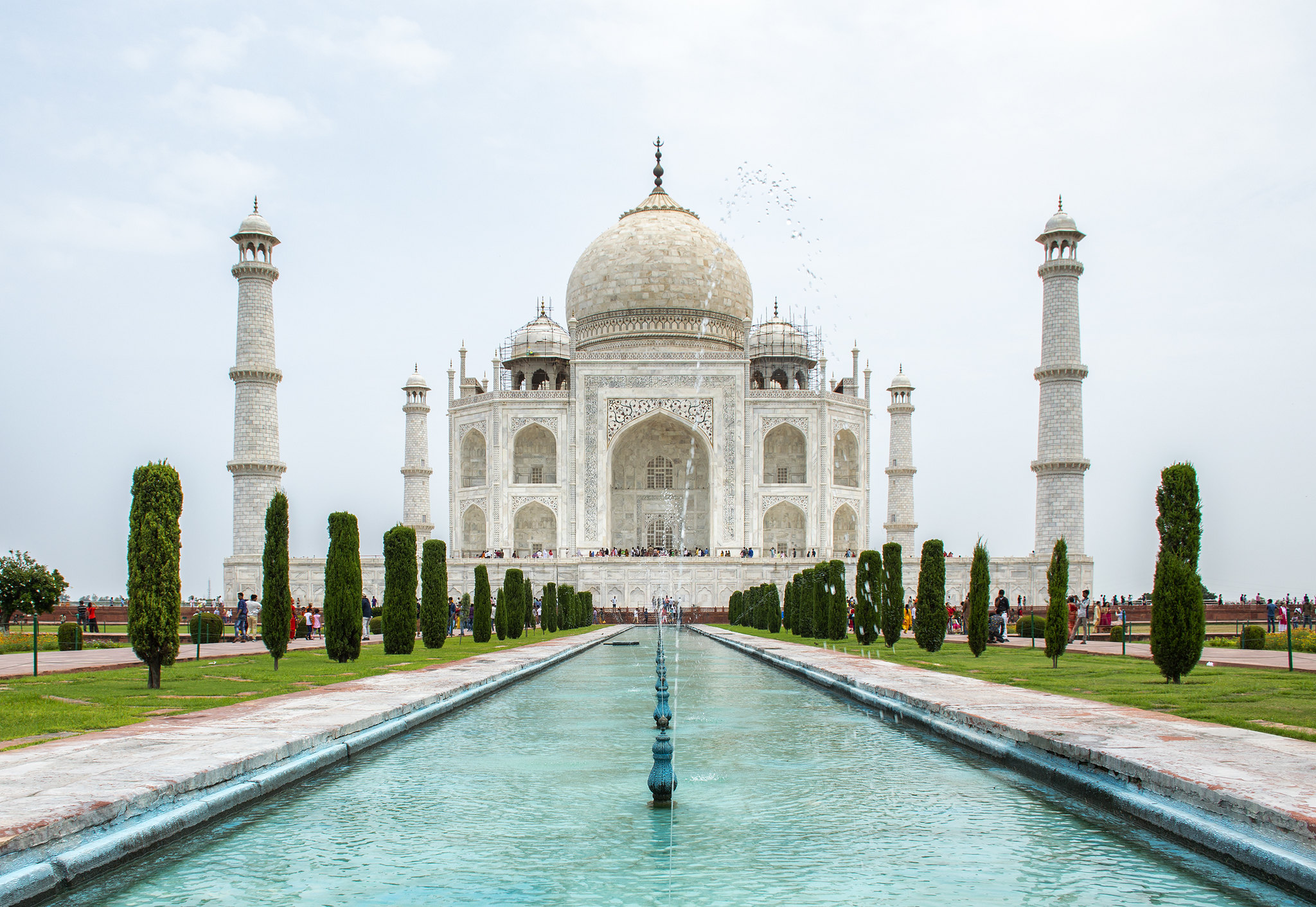
The Taj Mahal is renowned for its perfect symmetry, with each element mirroring the other on either side of the central axis. This symmetry extends from the overall structure down to the smallest details, symbolizing balance and harmony. The proportions of the building are carefully calculated to create a sense of equilibrium and aesthetic pleasure. This meticulous attention to symmetry reflects the Mughal emphasis on creating architectural perfection.
The White Marble
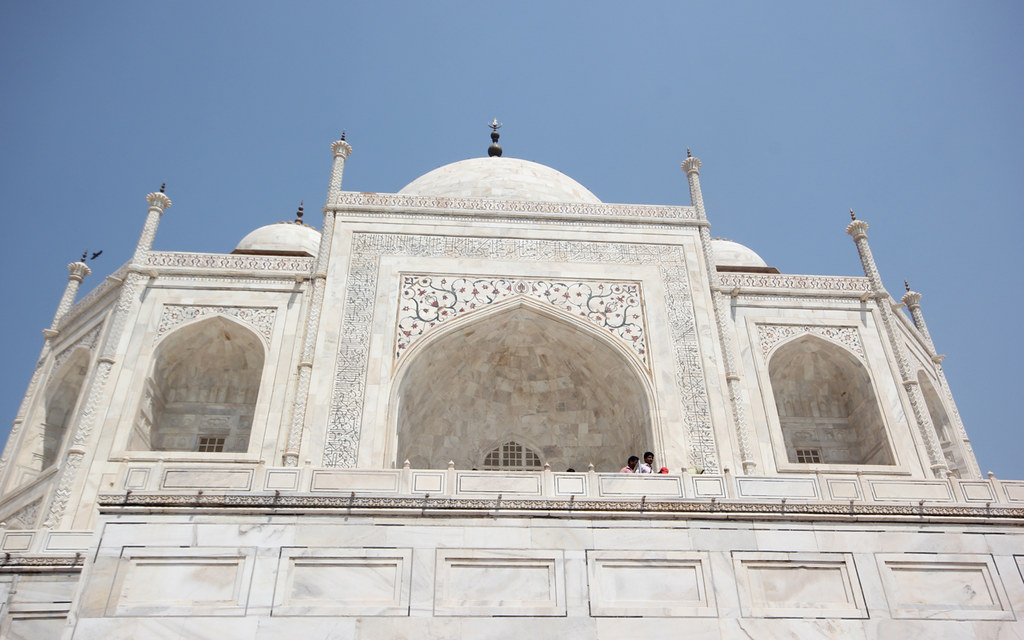
The Taj Mahal is constructed primarily from white marble, which was sourced from the Makrana quarries in Rajasthan. The choice of marble not only adds to the structure’s grandeur but also changes color throughout the day, reflecting different shades depending on the sunlight or moonlight. This dynamic quality of the marble gives the Taj Mahal an ethereal appearance, making it seem as though it is alive. The material was also chosen for its durability, ensuring the monument’s lasting beauty.
Pietra Dura Inlay Work
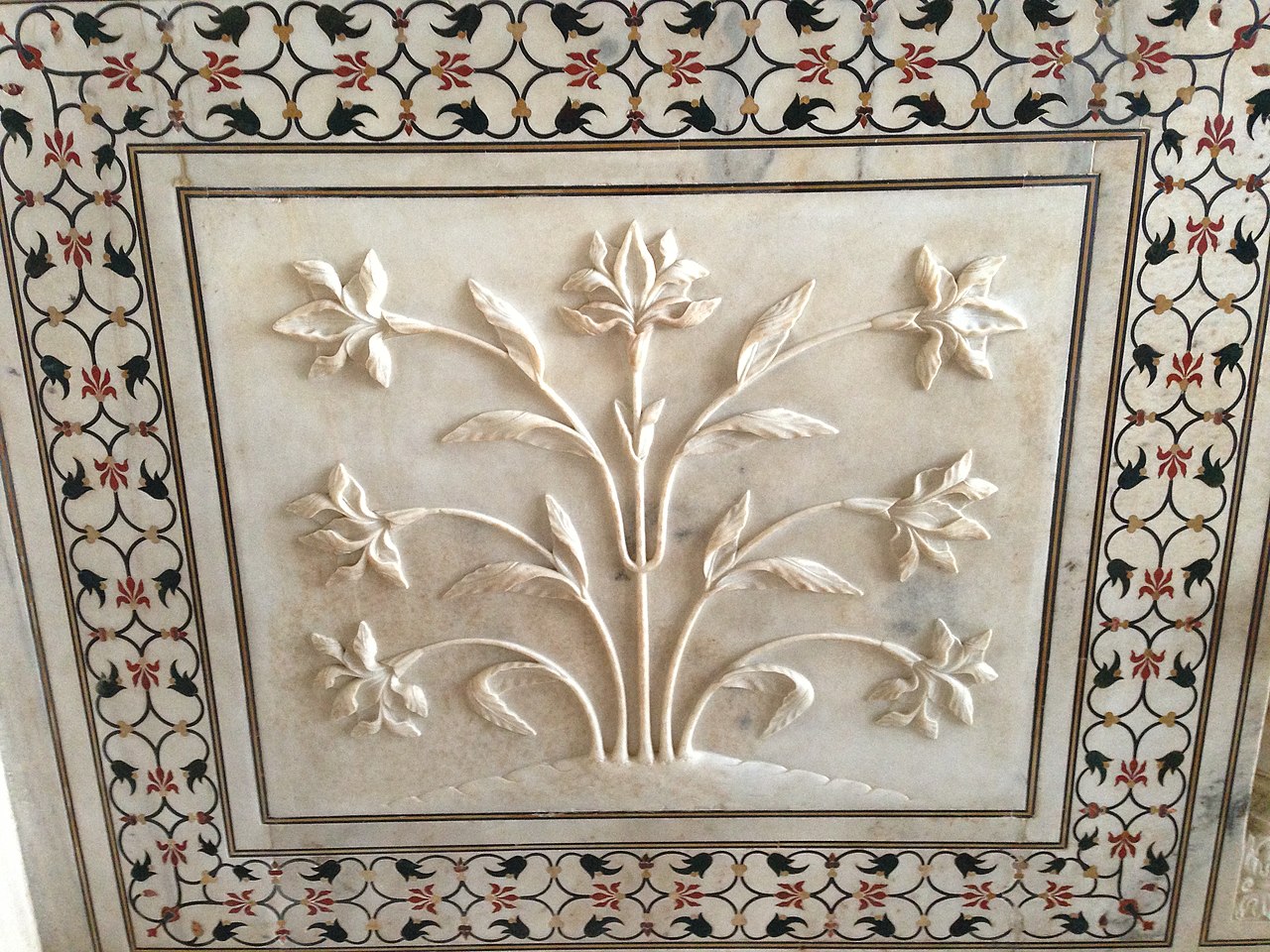
One of the most exquisite features of the Taj Mahal is the pietra dura, or inlay work, that adorns the walls. Precious and semi-precious stones such as jasper, jade, turquoise, and lapis lazuli are intricately set into the white marble to create floral designs. These inlays are not merely decorative but also hold symbolic meanings, with some motifs representing paradise. The craftsmanship involved in this technique is incredibly detailed, showcasing the skilled artisanship of the time.
The Central Dome
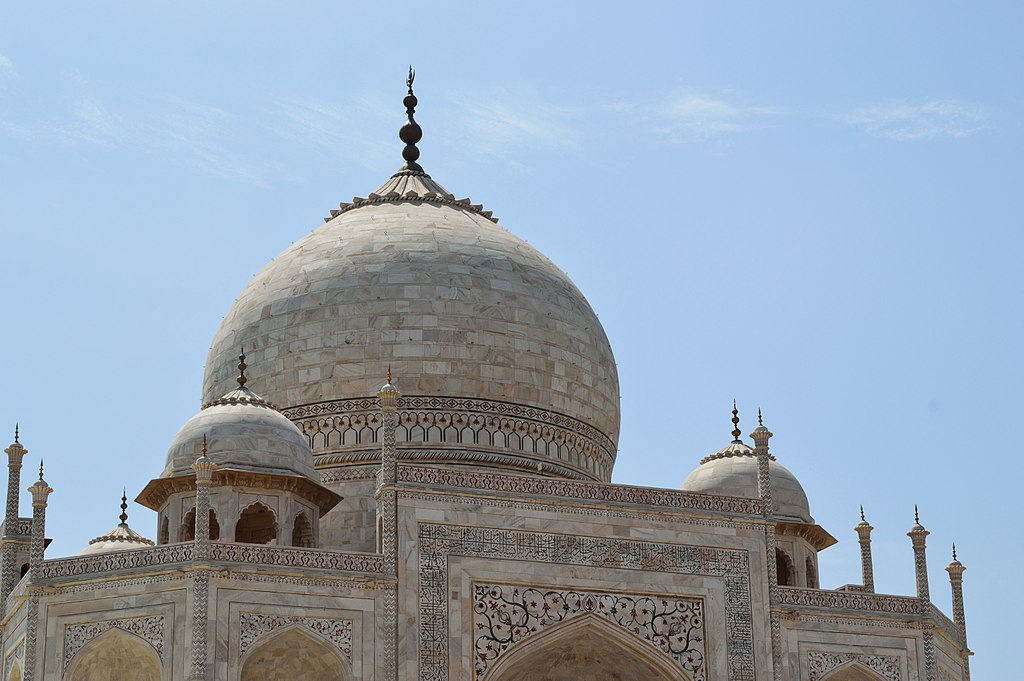
The central dome of the Taj Mahal is one of its most striking features, rising 240 feet into the air. This large, bulbous dome, often referred to as an onion dome, is flanked by four smaller domes. The central dome’s shape and size create a majestic silhouette against the sky, making it the focal point of the entire structure. Its impressive height and curvature also contribute to the monument’s visual grandeur.
The Minarets
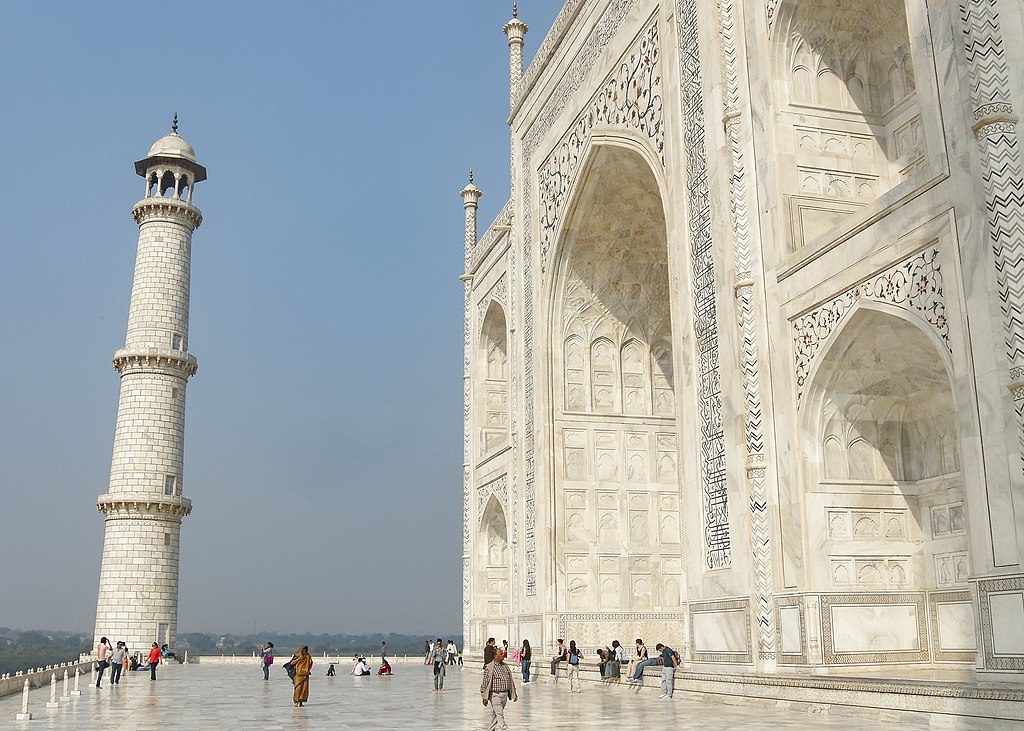
The Taj Mahal is surrounded by four slender minarets, one at each corner of the platform on which the mausoleum stands. These minarets are not just ornamental; they were strategically designed with a slight outward tilt to prevent them from crashing into the main structure in the event of an earthquake. This innovative architectural solution highlights the foresight of the builders. The minarets also serve to frame the monument, enhancing its symmetrical beauty.
The Charbagh Garden
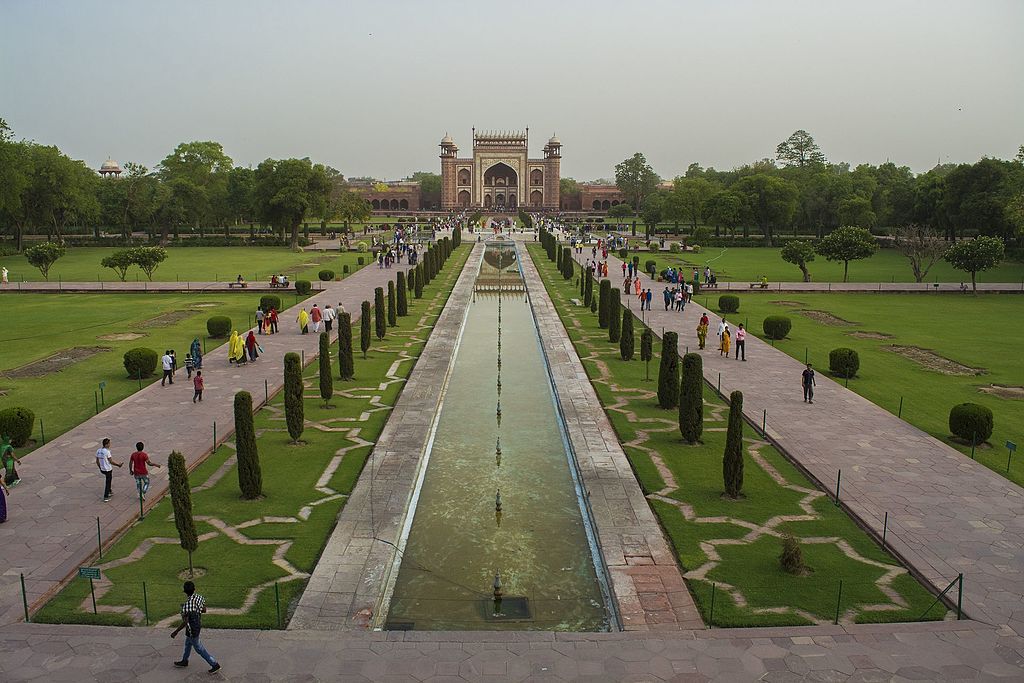
In front of the Taj Mahal lies the Charbagh garden, a Persian-style garden divided into four parts by walkways and water channels. This garden represents the Islamic concept of paradise, with the four sections symbolizing the four rivers of paradise. The reflection of the Taj Mahal in the central pool of the garden adds to the monument’s serene and peaceful ambiance. The meticulous landscaping complements the architecture, creating a harmonious environment.
The Reflective Pool
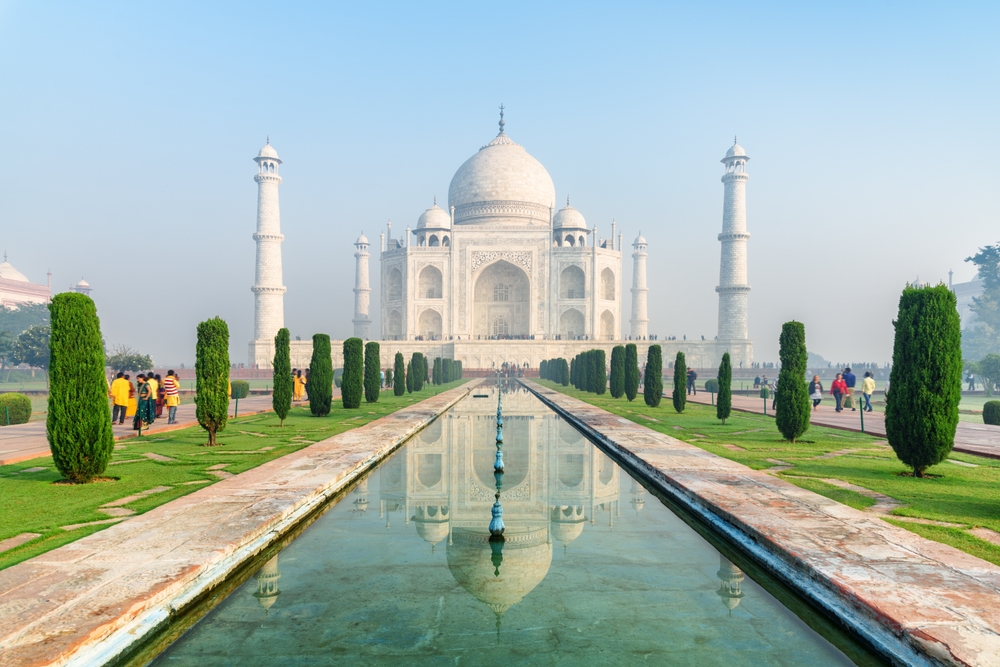
The central reflecting pool in the Charbagh garden is a crucial element of the Taj Mahal’s design, capturing the reflection of the monument. This pool enhances the visual impact of the Taj Mahal by mirroring its image, creating a perfect reflection that adds to the sense of symmetry. The use of water as a reflective surface symbolizes purity and tranquility. The pool also serves to cool the air, contributing to the overall atmosphere of the site.
The Calligraphy
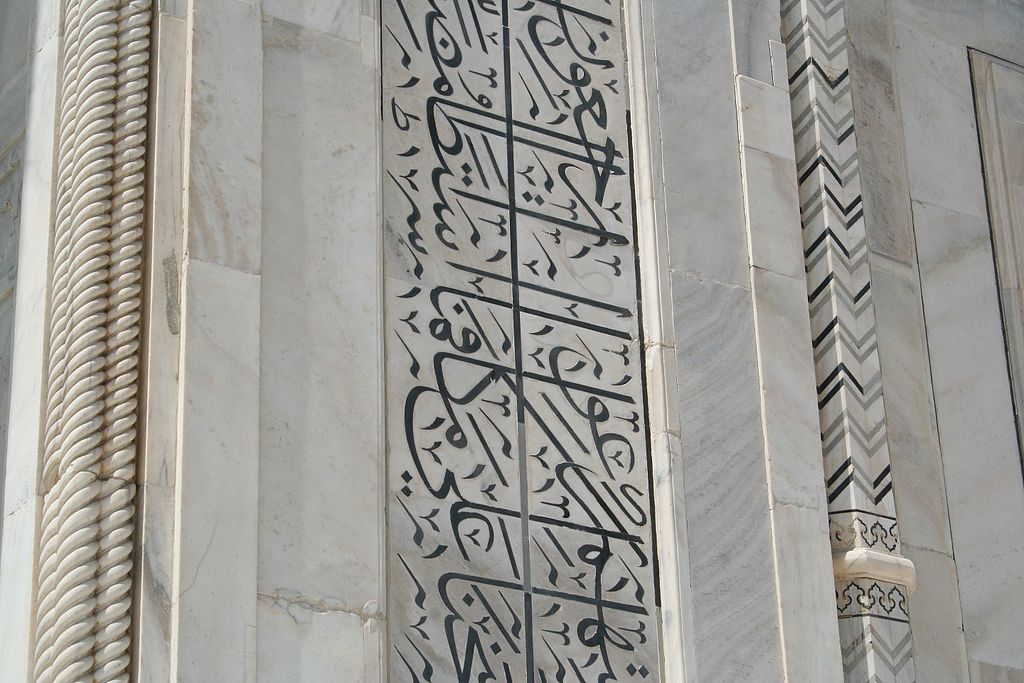
The Taj Mahal’s walls are adorned with intricate calligraphy, primarily featuring verses from the Quran. The calligraphy was created by the skilled calligrapher Amanat Khan, who used a technique that makes the script appear uniform in size when viewed from the ground, despite the varying distances. This optical illusion is achieved by gradually increasing the size of the letters as they ascend. The calligraphy not only enhances the aesthetic appeal of the monument but also imbues it with spiritual significance.
The Foundation
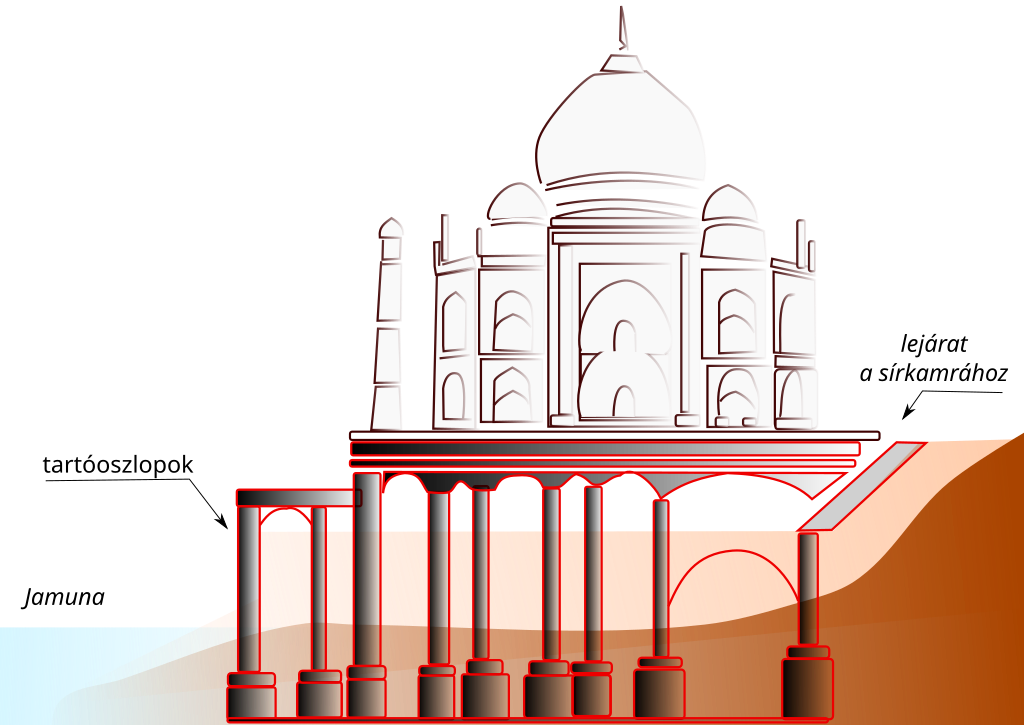
The foundation of the Taj Mahal is an engineering marvel, designed to support the immense weight of the structure. It is built on a base of wooden logs submerged in water, which keeps them strong and prevents them from rotting. The foundation’s stability has ensured the longevity of the monument, even after centuries. This innovative approach reflects the advanced knowledge of construction techniques during the Mughal era.
The Use of Light
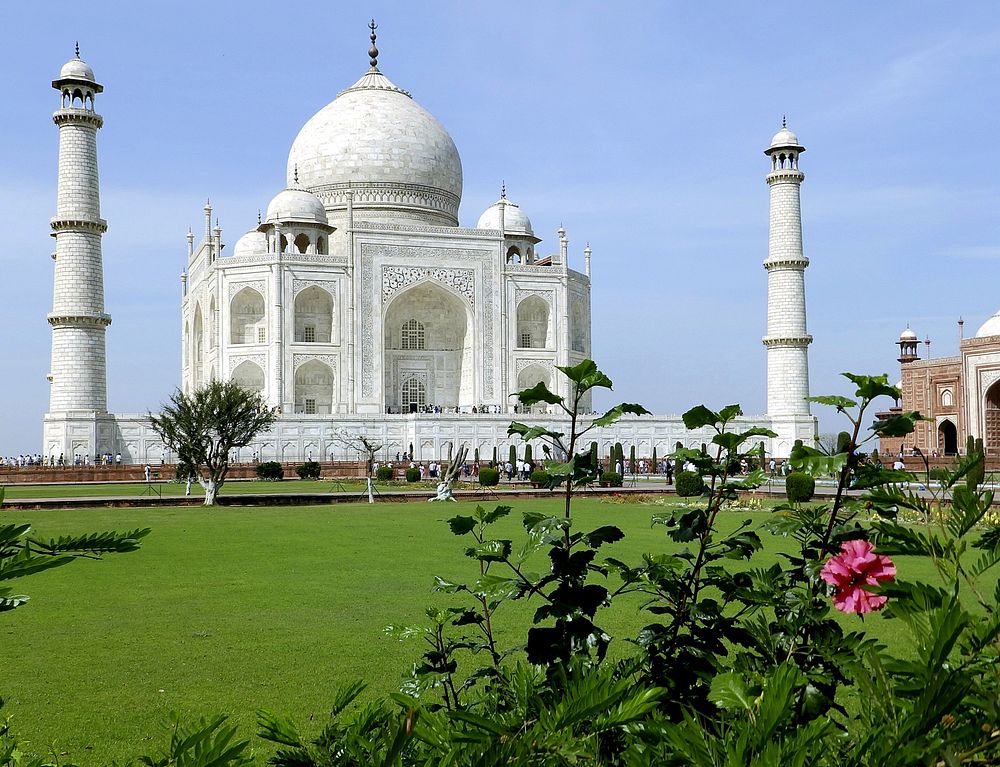
The architects of the Taj Mahal skillfully used light to enhance the monument’s beauty, incorporating natural lighting into its design. The marble surface of the building reflects sunlight during the day and moonlight at night, creating a changing visual experience. The interior of the mausoleum is designed with screens that filter light, creating a soft glow inside. This play of light adds a dynamic quality to the structure, making it appear different depending on the time of day.
The Jali Screens
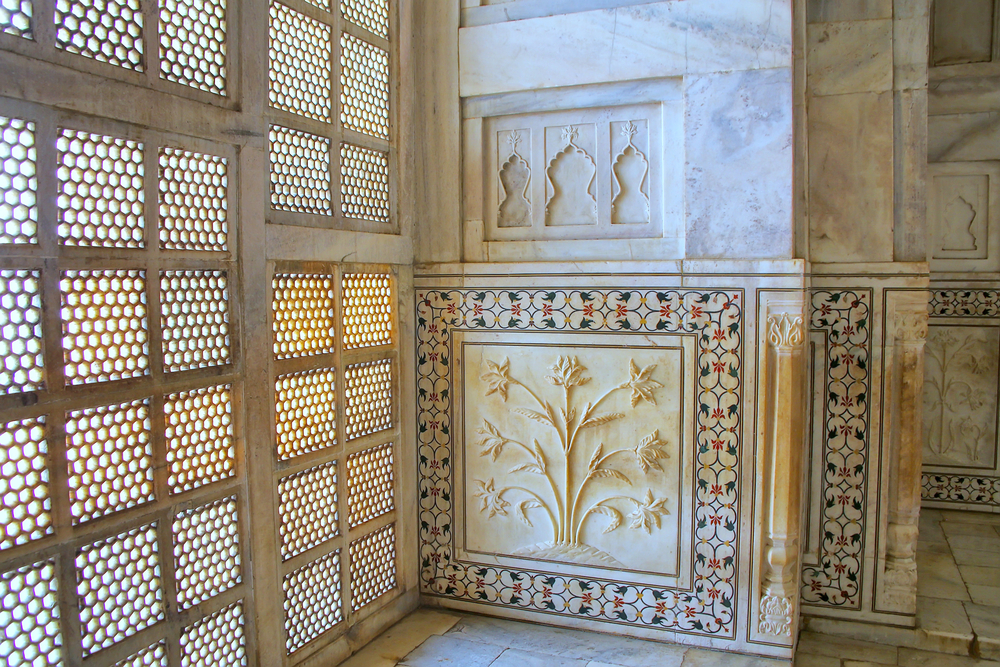
Inside the Taj Mahal, intricate jali screens, or latticed marble screens, are used to create private spaces while allowing light and air to pass through. These screens are carved with elaborate geometric patterns and floral designs, showcasing the artistry of Mughal craftsmen. The jali screens also play a functional role in regulating the temperature inside the mausoleum. Their delicate design contrasts with the solid marble, adding a sense of lightness to the architecture.
The Finial
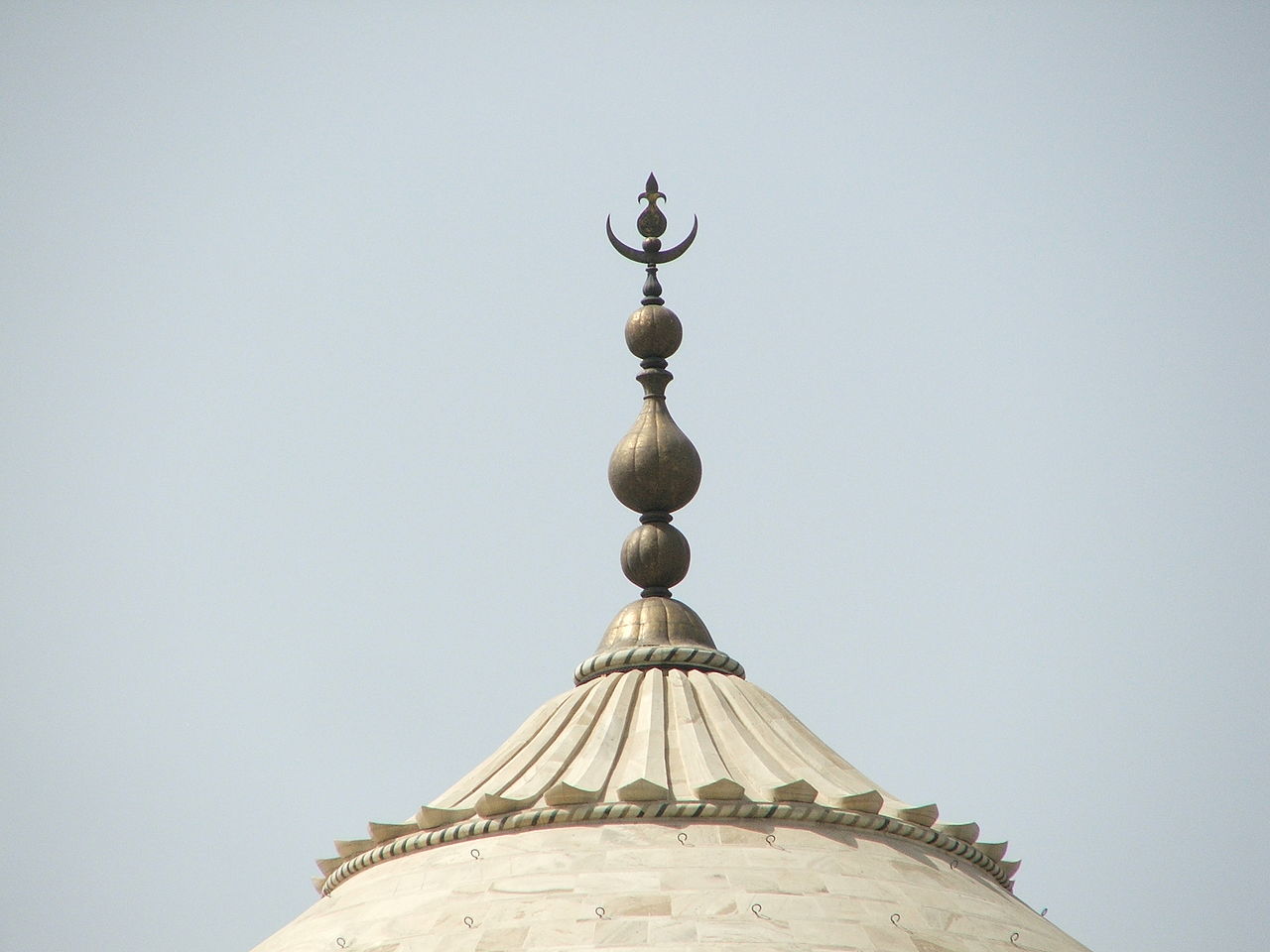
Atop the central dome of the Taj Mahal is a finial, which combines traditional Islamic and Hindu design elements. This decorative element is crowned with a crescent moon, a symbol of Islam, and a spire that represents a Hindu kalash or sacred pot. The combination of these symbols reflects the cultural synthesis that is a hallmark of Mughal architecture. The finial is gilded in bronze, adding a touch of elegance to the monument’s highest point.
The Quranic Inscriptions
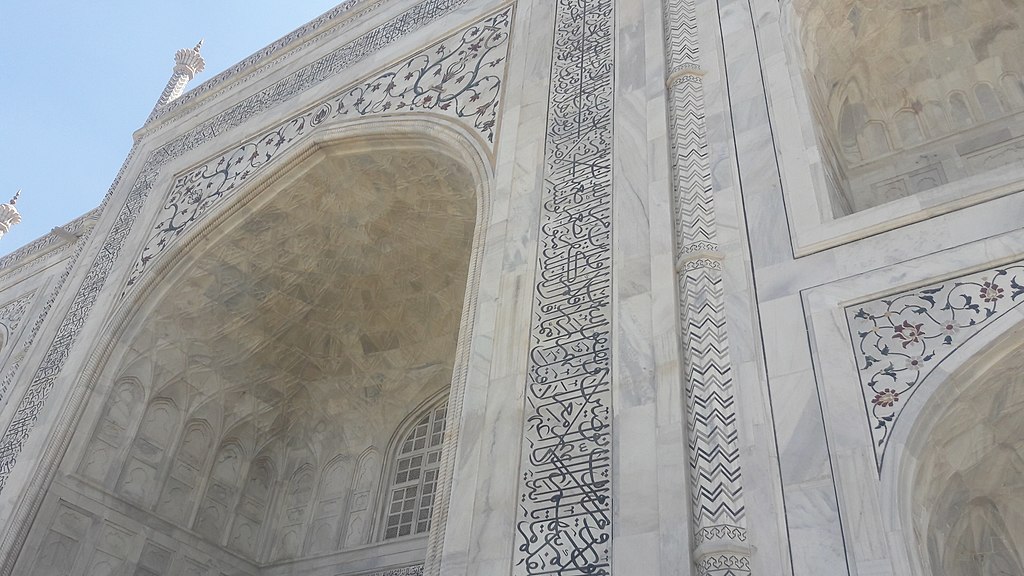
The Quranic inscriptions on the Taj Mahal are not only a decorative feature but also hold deep religious significance. These inscriptions are carefully chosen verses that reflect the themes of judgment, paradise, and divine mercy. The placement of these verses on the entrance gate and other parts of the monument is symbolic, guiding visitors spiritually as they enter the sacred space. The inscriptions add to the Taj Mahal’s role as a mausoleum and a place of reflection.
The Tomb Chamber
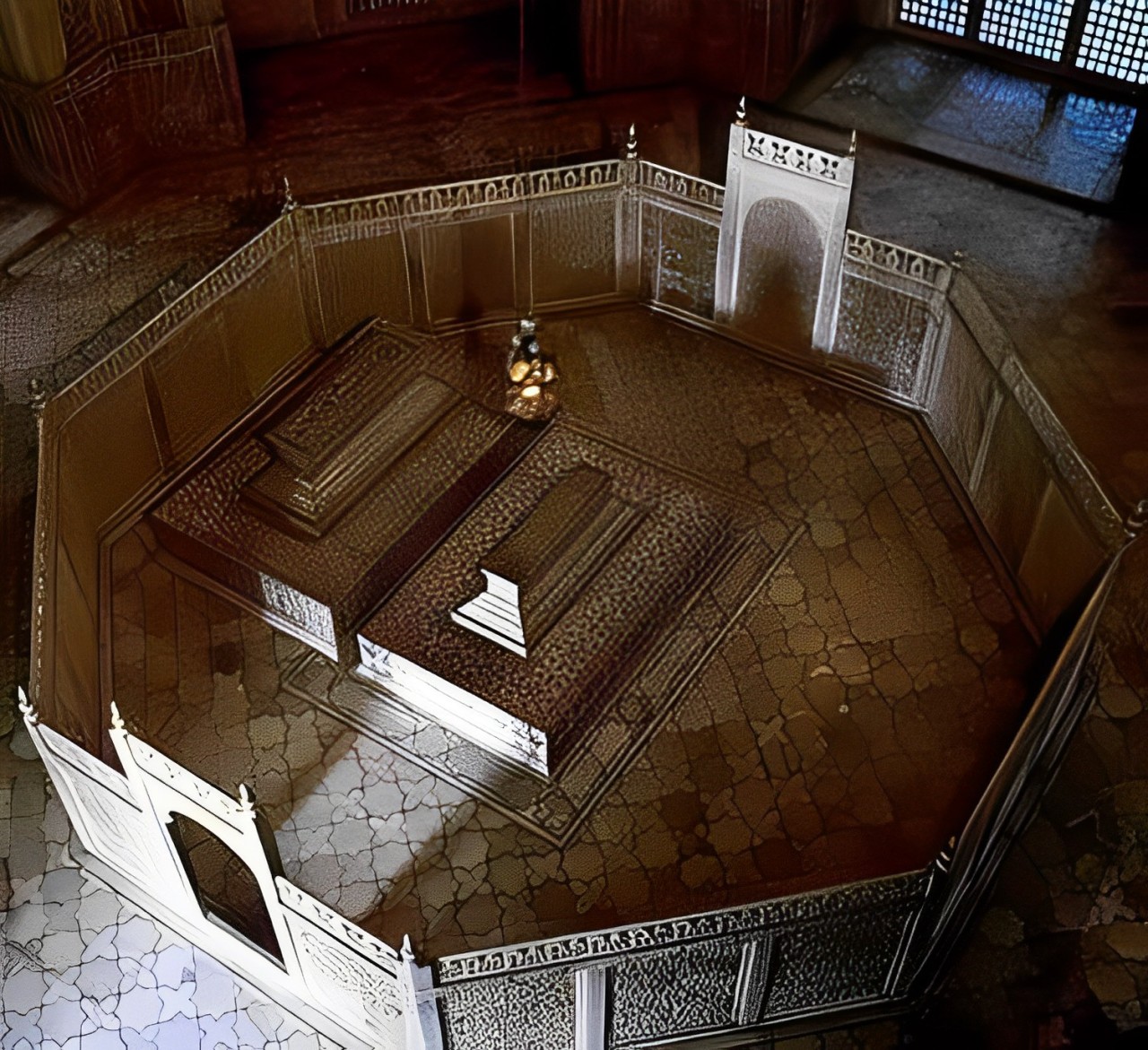
The interior of the Taj Mahal houses the tomb chamber, where the cenotaphs of Shah Jahan and Mumtaz Mahal are placed. The actual graves are in a lower chamber directly beneath these cenotaphs, following Islamic tradition. The tomb chamber is richly decorated with inlay work and inscriptions, creating an atmosphere of reverence and peace. The central placement of the tombs reinforces the monument’s purpose as a tribute to eternal love.
The Gateway
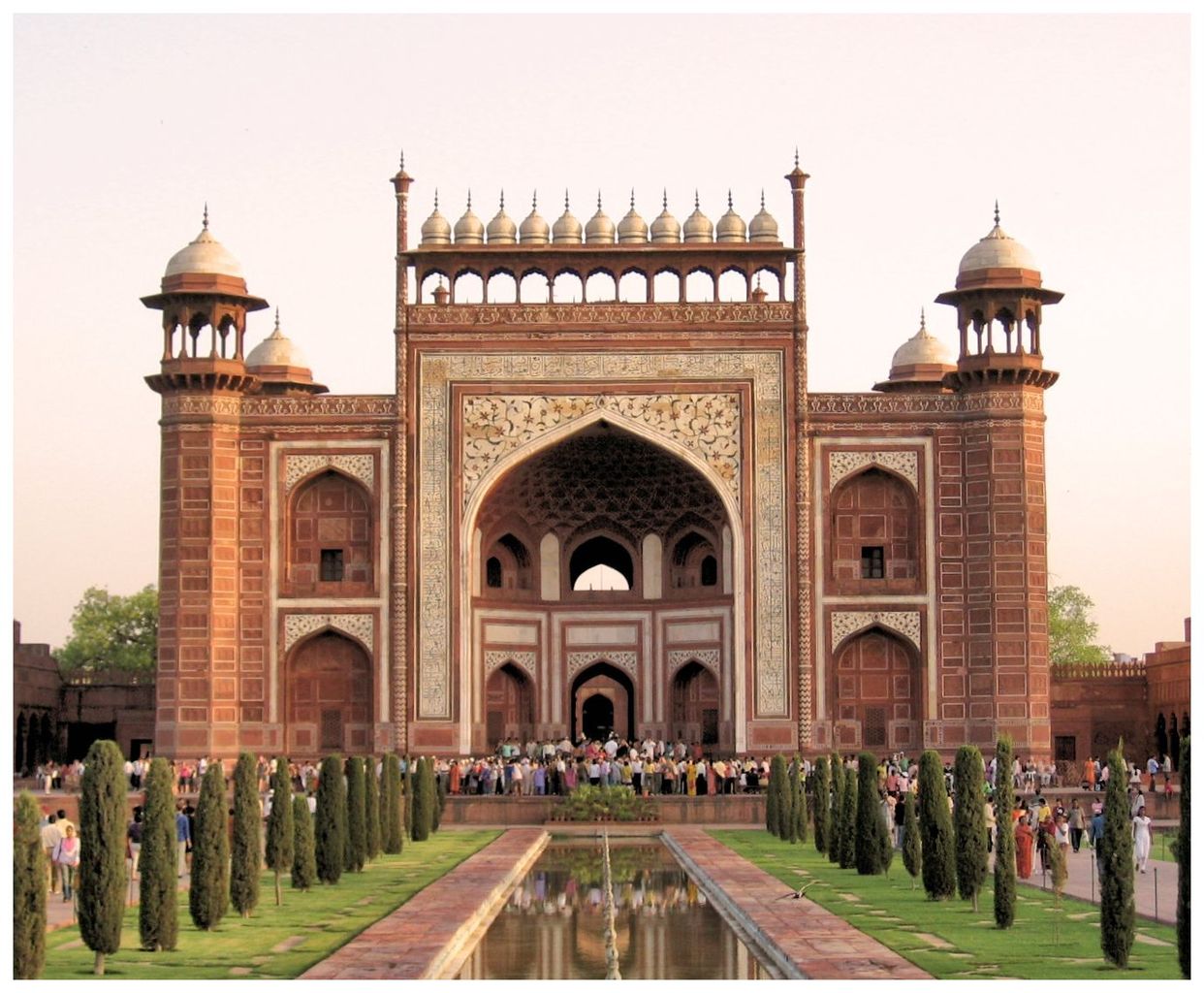
The grand entrance to the Taj Mahal complex is through a monumental gateway, known as the Great Gate or Darwaza-i-Rauza. This red sandstone structure is adorned with intricate carvings, inlay work, and Quranic inscriptions. The gateway serves as a symbolic threshold between the worldly realm and the paradise that the Taj Mahal represents. Its imposing presence sets the tone for the experience of visiting the monument.
The Platform
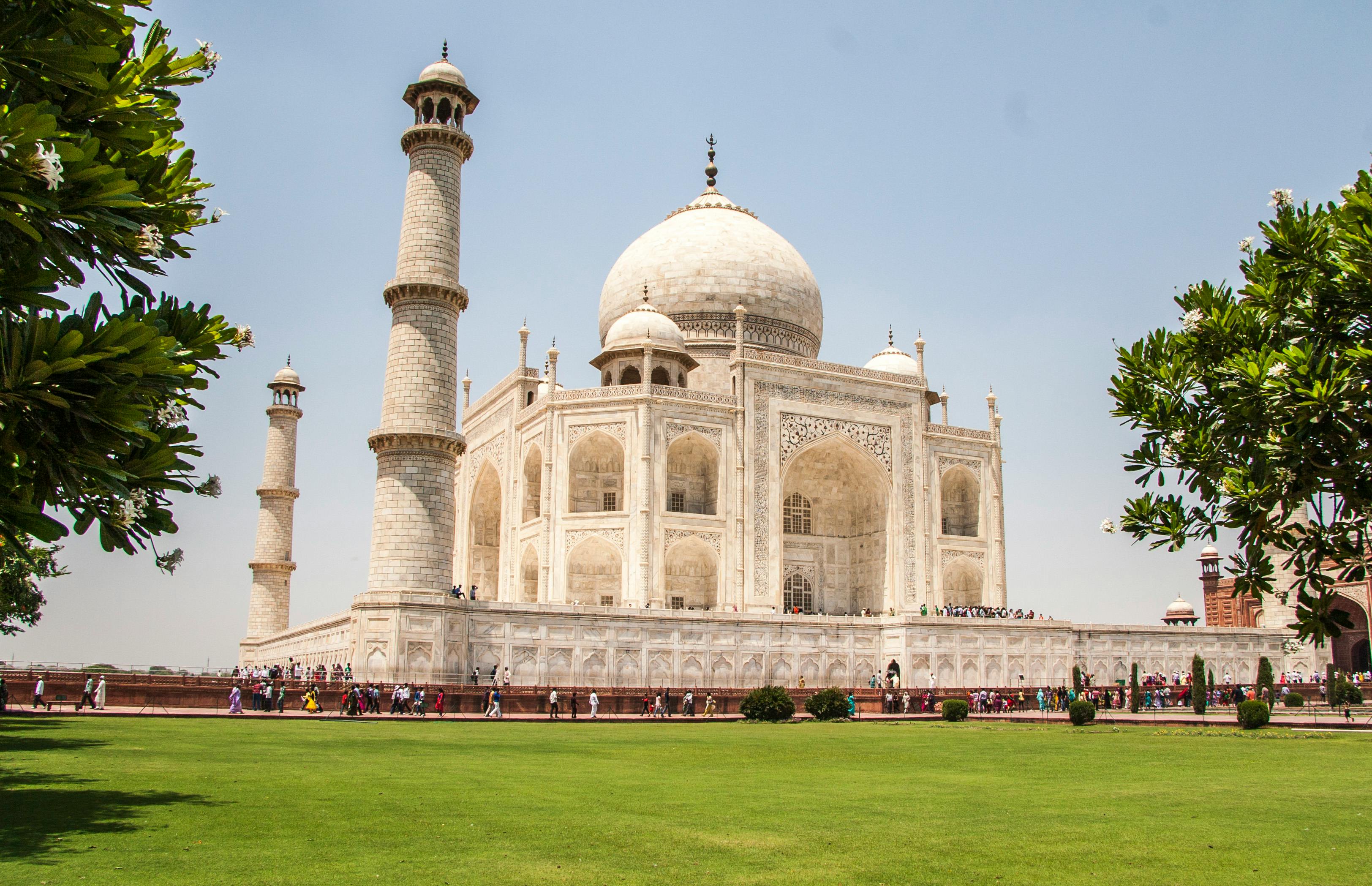
The Taj Mahal is elevated on a large platform, which serves both functional and aesthetic purposes. The platform raises the monument above the riverbank, protecting it from potential flooding. It also gives the Taj Mahal a sense of grandeur and isolation, as if it is floating above the landscape. The use of a platform emphasizes the importance of the structure, making it the focal point of the entire complex.
The Use of Water in the Garden Design
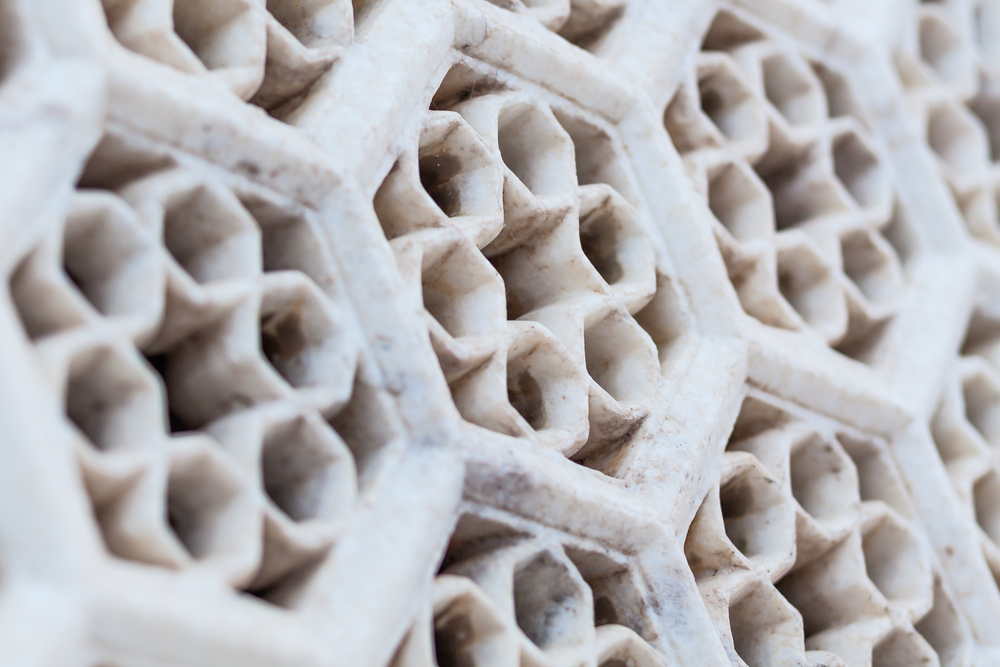
Water plays a central role in the design of the Taj Mahal’s gardens, symbolizing life and purity. The garden’s water channels and reflecting pools are carefully aligned to enhance the symmetry of the monument. The sound of flowing water adds to the tranquil atmosphere of the gardens, creating a serene environment for reflection. The use of water is not just aesthetic but also functional, helping to cool the area and sustain the lush greenery.
The Integration of Persian, Islamic, and Indian Architectural Elements
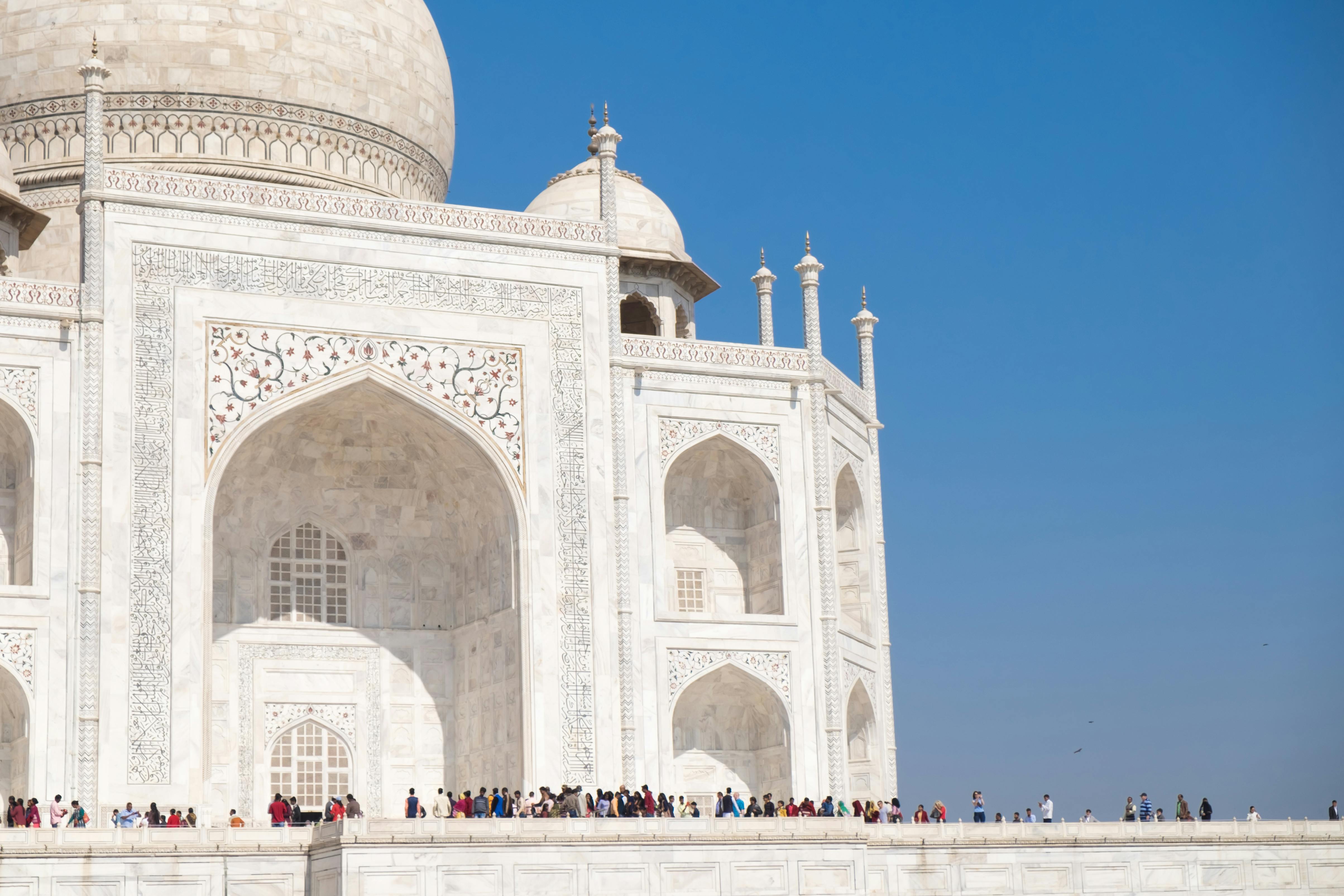
The Taj Mahal is a prime example of Mughal architecture, which seamlessly blends Persian, Islamic, and Indian elements. The use of arches, domes, and minarets reflects Islamic architectural traditions, while the intricate inlay work and floral motifs draw from Persian influences. The overall layout, including the Charbagh garden, is inspired by Persian designs, while the lotus motifs and other details show Indian artistry. This fusion of styles creates a unique and harmonious architectural masterpiece.
The Symbolism of the Structure
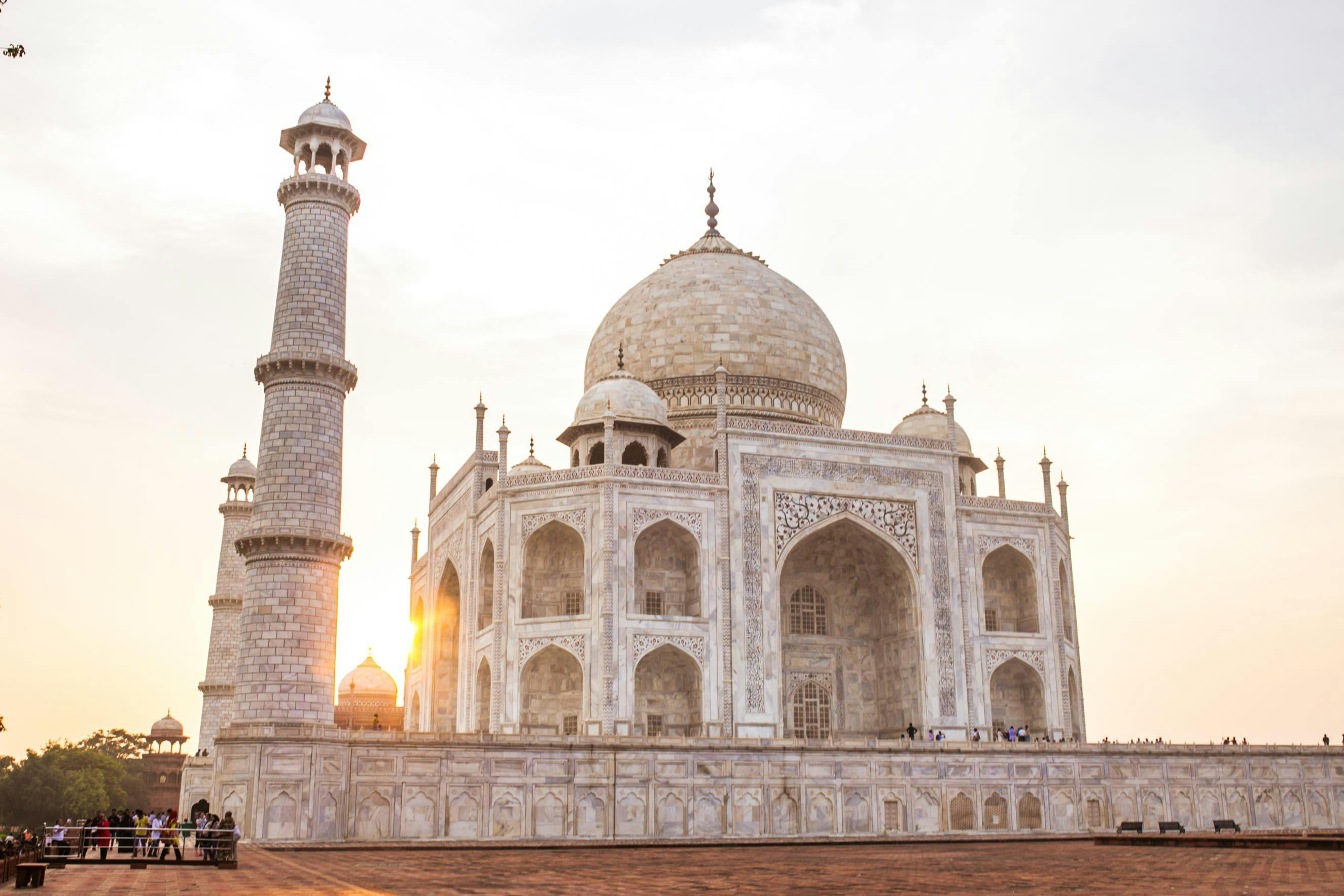
The Taj Mahal is often interpreted as a symbol of eternal love, but it also embodies broader themes of paradise and divine judgment. The symmetry and balance of the structure represent the idea of perfect harmony, while the central dome and surrounding gardens symbolize the Islamic concept of paradise. The choice of white marble reflects purity, and the overall design serves as a metaphor for the afterlife. This deep symbolism adds layers of meaning to the architectural beauty of the monument.
This article originally appeared on UnifyCosmos.
More from UnifyCosmos
19 Dream Jobs for People Who Love Working Outdoors

Imagine waking up each day excited to head outside for work, breathing in fresh air instead of sitting in an office. For those who thrive in nature, there are plenty of dream jobs that let you skip the cubicle life altogether. Read More
16 Rookie Mistakes to Avoid When Starting a Fitness Routine

Starting a fitness routine is exciting, but it’s easy to make a few rookie mistakes along the way. Many beginners dive in with enthusiasm but overlook key steps that make a big difference. Read More
20 Classic Arcade Games You Can Still Enjoy Today

Nostalgia has a way of bringing us back to simpler times, and few things evoke it like old-school arcade games. These timeless classics, with their straightforward gameplay and charming graphics, continue to captivate players of all ages. Read More
Leave a Reply